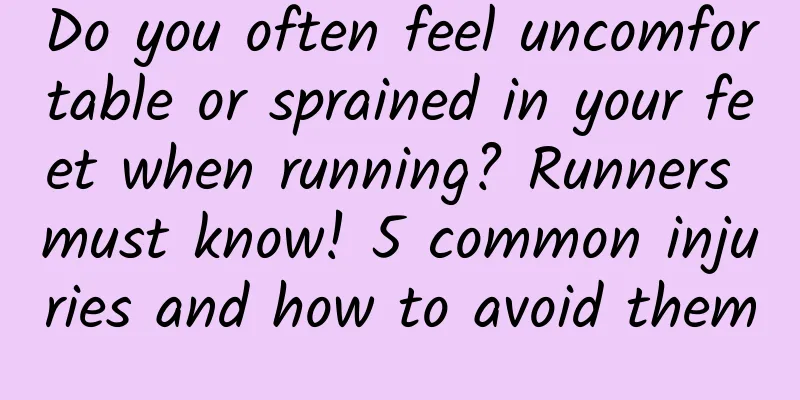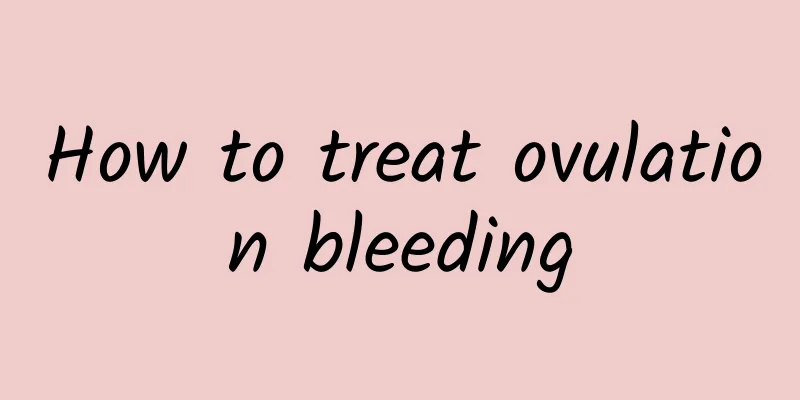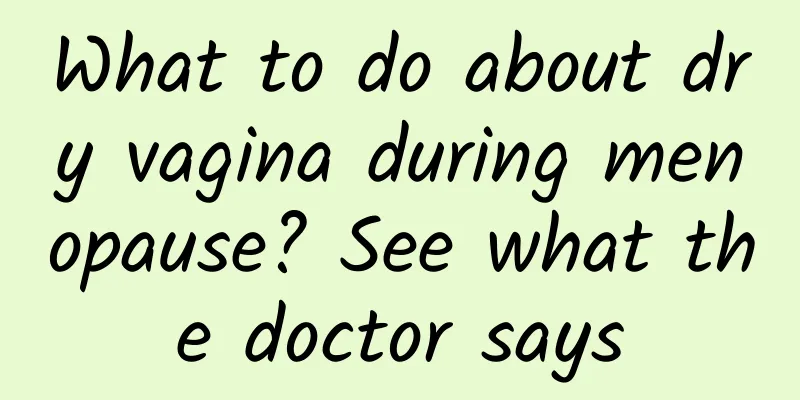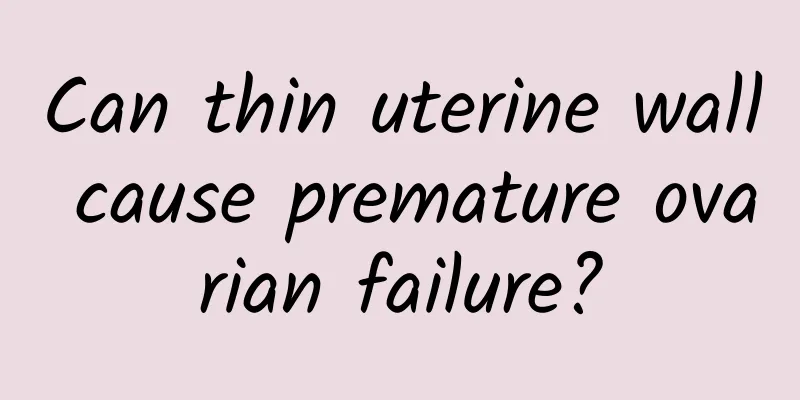Shohei Otani is injured again! Ulnar collateral ligament tear - a complete analysis from injury to recovery
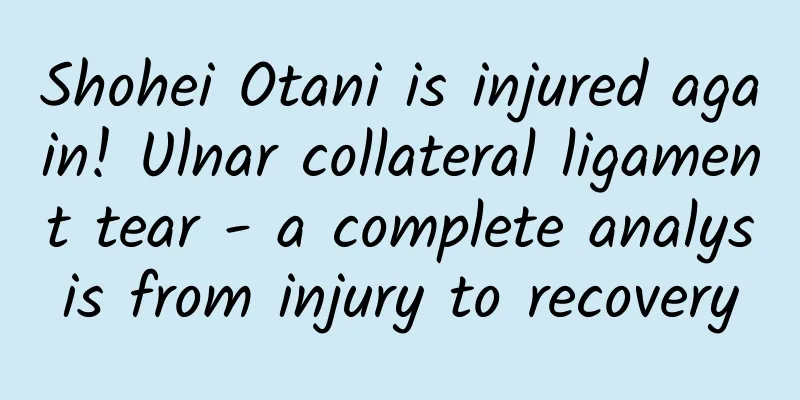
|
The favorite for the recent Major League Baseball MVP Award is Shohei Ohtani of the Angels. He was injured during the game and withdrew from the starting lineup. After an MRI examination of his right elbow, it was diagnosed that the ulnar collateral ligament (UCL) was torn again. This is the second time Shohei Ohtani has been torn. He suffered the same injury in 2018 and underwent Tommy John ligament reconstruction surgery. He is currently being evaluated for secondary reconstructive surgery. This season is over as a result. (Photo courtesy of Taiwan Rehabilitation Medicine Association) Let the rehabilitation doctor accompany you and use a picture to understand why Shohei Otani was injured again? (Figure 1) (Photo courtesy of Taiwan Rehabilitation Medicine Association) (Figure 1. One picture explains the cause of Ohtani Shohei's ulnar collateral ligament tear and Tommy John ligament reconstruction surgery) Ulnar collateral ligament tear is one of the most common injuries for pitchers. The high-speed pitching action of the pitcher's arm, especially during the acceleration period of the arm swing, can cause great torsional pressure on the joints and ligaments, which is why throwing athletes are often injured. Although Shohei Ohtani is currently unable to pitch due to a torn ligament in his elbow, he has also started his signature "throwing right and hitting left" batting mode. Why can he still hit so hard even with a torn ulnar collateral ligament? Can he even still perform well in the high-intensity major leagues? Because the muscles used by the pitcher when throwing the ball and the batter when hitting the ball are different, the pressure and tension on each part are also different. In addition, Shohei Ohtani is a "right-handed pitcher and left-handed batter", so the load on the ligaments of his right elbow is relatively small. Although it has switched to hitter mode, sports injuries to baseball hitters should still be viewed with caution. To avoid getting new sports injuries accidentally. The common injury sites of baseball players are quite different between pitchers and batters. Let the rehabilitation doctor accompany you below and use a picture to understand the potential injury risks of Shohei Ohtani as a right-handed shooter and left-handed player? (Figure 2) (Photo courtesy of Taiwan Rehabilitation Medicine Association) (Figure 2. One picture shows the potential injury risk of Shohei Ohtani, who pitches right and hits left) Common Injuries to PitchersRotator cuff/shoulder labrum tear: mild to moderate tear caused by stress during the pitching swing Ulnar collateral ligament (UCL) tear: The UCL is responsible for elbow stability and can be torn when you swing your arm, causing pain ● Hand/fingers: Wrist injuries caused by collision with the ball, bat, ground or other players ● Foot and ankle sprains: Overuse leading to fatigue sprinting, sliding or ill-fitting shoes can cause injuries [Common injuries to batters]●Chest injury: The excessive contraction and extension of muscles during the swing process causes injury, which feels like a rib fracture ●Horse hamstring strain: often caused by lack of warm-up, excessive fatigue or sudden acceleration ● Knee damage: often caused by repeated sprinting, sudden stops, and twisting Shohei Ohtani's injury, though, is felt far away in the American major leagues. But a tear of the ulnar collateral ligament can happen to you and me. If you love sports, are your favorite sports also those that are prone to ulnar collateral ligament injuries? A foreign study counted 136 athletes with ulnar collateral ligament injuries over a 16-year period and analyzed the specific sports they participated in. After statistics, we can find out that the sports with the most common injuries are baseball first, softball second, American football third, and javelin fourth. Other sports include volleyball, basketball, gymnastics, cheerleading, and mixed martial arts. We can find that the top four sports prone to injuries have a big commonality: they are all throwing sports. The injury rate of baseball pitchers is much higher than that of other sports. (Figure 3) (Photo courtesy of Taiwan Rehabilitation Medicine Association) (Figure 3. One picture shows the sports where the ulnar collateral ligament is most commonly injured) Is your favorite sport on the list? If so, please warm up before and stretch after exercise. Avoid sports injuries. But even if we have made all the preparations, our ligaments are still injured. What should we do? Does everyone need to undergo ligament reconstruction surgery like Shohei Otani? Don’t worry yet, let’s take a look at the injuries of the 136 athletes above and their subsequent treatments. (Figure 4) Among these 136 injured professional athletes, most suffered sprains and inflammations (60), followed by partial tears (39), complete ruptures (36), and secondary ruptures (1). Generally speaking, whether or not surgery is required is proportional to the severity of the ligament injury. Clinically, if the ligament is completely ruptured (grade III) and the joint movement is unstable, ligament reconstruction surgery can be considered. If the severity of the ligament injury is not to the point of complete rupture. It is just a sprain and inflammation (first degree) or a partial tear (second degree). You can choose non-surgical treatments such as rehabilitation therapy, prolotherapy injection, PRP platelet growth factor injection, etc. Taking these 136 injured professional athletes as an example, the vast majority of those with sprains and inflammation were able to receive non-surgical treatment (93%), half of those with partial tears required surgery (51%), and 80% of those with complete ruptures required surgery (78%). (Photo courtesy of Taiwan Rehabilitation Medicine Association) (Figure 4. One picture to understand, ulnar collateral ligament injury – treatment) Therefore, if we are really injured, it is recommended to find a professional doctor as soon as possible for an accurate diagnosis and detailed examination. High-resolution ultrasound can be used to confirm the extent of ligament damage and determine the treatment method. In addition to surgery, with the advancement of modern medicine, there are also many non-surgical treatments that can help you if you are injured. For example, high concentrations of platelet-rich plasma (PRP) can be extracted from the blood to repair ligament regeneration, and injections of high concentrations of glucose can also assist in tissue proliferation. At the same time, doctors can also choose a variety of rehabilitation equipment to help repair according to different ligament injuries. Rehabilitation therapists can also restore movement function through various rehabilitation training so that you can return to the sports you love. Rehabilitation physicians and therapists are the best companions and protectors for you when you are injured! If you are injured, in addition to the above treatments, are there any rehabilitation exercises that you can do at home? Let the doctor help you understand the following with a picture: Self-rehabilitation exercises for ulnar collateral ligament injury. (Figure 5) [Ulnar collateral ligament injury – self-rehabilitation exercises]●Vertical weight-bearing wrist flexion exercise Hold a water bottle or light dumbbells in your hand and bend your wrist at a vertical angle. Repeat 10 times in a set and repeat 3 sets. ● Lateral weight-bearing wrist flexion exercise Hold a water bottle or light dumbbells in your hands and bend your wrists inwards. Do 10 times in a set and repeat 3 sets. ●Reverse wrist extension exercise With the healthy hand, hold the affected fingers in reverse and stretch the palm and wrist in the opposite direction. Do this for 10 seconds each time. Repeat 3 times. (Photo courtesy of Taiwan Rehabilitation Medicine Association) (Figure 5. One picture to understand, ulnar collateral ligament injury – self-rehabilitation exercise) Modern medical treatment is advanced, and a pitcher's career can be extended through various medical treatments. But how to "prevent injuries" is the key. It should be done through scientific training before the game, rigorous ball distribution and allocation of innings during the game without overexertion, and a fatigue recovery and repair plan after the game. At the same time, doctors, therapists, sports protectors and coaches. Let us all work together to protect athletes and contestants through multiple means. This is the most important key to continuing an athlete's career. This article was provided by Taiwan Rehabilitation Medicine Association Author of this article: Dr. Zheng Weiren (Director of Zhubei Shi Rehabilitation Clinic, Academic Director of Taiwan Sports Medicine Association) Director Lin Yingzhou (Chairman of the Taiwan Sports Medicine Association, Chief Convener of Chang Gung Sports Medicine and Chief Physician of the Rehabilitation Department of Chang Gung Hospital in Taoyuan) |
Recommend
How should women with premature ovarian failure be treated?
In addition to amenorrhea, only a few patients wi...
What folk remedies can cure cervical erosion? These folk remedies can cure cervical erosion
If a woman suffers from cervical erosion, she sho...
Eat right and you’ll lose weight! Study: Eating walnuts can help girls lose weight
Who says you can only eat salad to lose weight? C...
Three Chinese medicine treatments for ovulatory dysfunctional uterine bleeding
The main cause of ovulation bleeding is the ruptu...
What are the health care methods for ovarian cysts?
What are the health care methods for ovarian cyst...
Can sexual intercourse lead to cervical erosion? What are the hazards of cervical erosion?
In life, patients with cervical erosion are troub...
Solve all your marathon-related questions in one go! From training, running posture, to competition diet, 8 Q&A to tell you
The children run around in the park without being...
What are the examination methods for congenital absence of vagina?
Women are all going through the transformation of...
One rice dumpling contains over 600 calories! It takes 20 dragon boat trips to exhaust the
During the Dragon Boat Festival, everyone eats ri...
What does an egg-sized uterine fibroid look like? How big is an egg-sized uterine fibroid?
What does an egg-sized uterine fibroid look like?...
What are the keys to preventing adnexitis?
In life, adnexitis has affected the normal life o...
What is the abnormal smell of leucorrhea?
Abnormal smell of leucorrhea may be caused by dis...
How long does it usually take for abdominal pain to occur during an ectopic pregnancy? You need to analyze it based on your own situation.
The specific location of the ectopic pregnancy is...
Treating delayed menstruation by tonifying the kidney and spleen
Treating delayed menstruation by tonifying the ki...
Women should have a general understanding of the precautions after abortion
With the increase of unexpected pregnancies, many...

